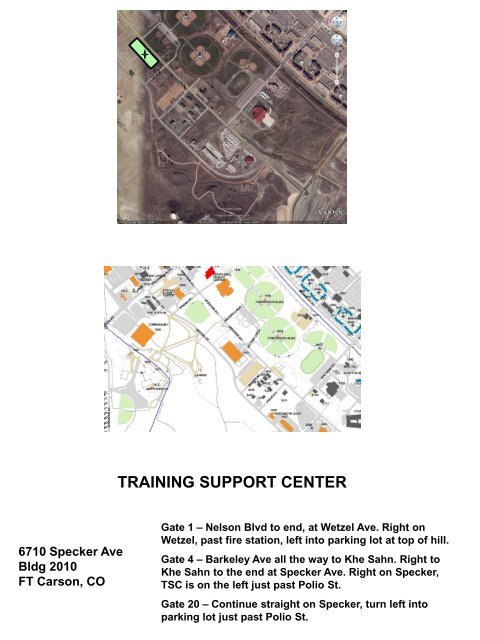


“The entire Army is facing the challenge of resetting to a large-scale-combat-operations fight after two decades of counterinsurgency,” said Long, a 20-year Army veteran who has deployed to Afghanistan and Iraq. Other non-EOD publications may be updated as well.

Long said the lessons learned from the exercise will help to shape Army Techniques Publication 4-32 for Explosive Ordnance Disposal with a focus on large scale combat operations in support of Army divisions. Long, the deputy director of the TRADOC Proponent Office for Explosive Ordnance Disposal, said the exercise examined future EOD operations across the full spectrum of doctrine, organization, training, materiel, leadership, personnel, facilities and policy issues. More than 100 Army EOD technicians participated in the exercise with an average of 10 years of experience each, bringing together a millennium of experience in this high-stakes profession. Spearheaded by the 52nd EOD Group, the exercise leveraged the experience of multiple EOD commanders and staff to inform changes to doctrine, training and capability integration. Army Futures Command, Maneuver Support Center of Excellence and Department of the Army Headquarters also participated in the exercise. Representatives from the Training and Doctrine Command Proponent Office for Explosive Ordnance Disposal, U.S. Schoonover, the exercise was attended by five EOD battalion commanders and 24 EOD company commanders. Hirschey and 71st EOD Group Commander Col. The Aberdeen Proving Ground, Maryland-headquartered command is home to 75% of the active Army’s EOD technicians and CBRN specialists, as well as the 1st Area Medical Laboratory, CBRNE Analytical and Remediation Activity, five weapons of mass destruction coordination teams and three nuclear disablement teams.Īlong with 52nd EOD Group Commander Col. Department of Defense’s premier all hazards formation. The EOD groups are part of the 20th Chemical, Biological, Radiological, Nuclear, Explosives (CBRNE) Command, the U.S. The Army’s two active-duty EOD groups, the Fort Campbell, Kentucky-based 52nd Ordnance Group (EOD) and 71st Ordnance Group (EOD), based at Fort Carson, came together to discuss future EOD missions at the Kinnard Mission Training Center on Fort Campbell, Dec. Army explosive ordnance disposal leaders are mapping the way ahead for EOD missions in large scale combat operations. After defeating hundreds of thousands of improvised explosive devices in Iraq and Afghanistan over the last two decades, U.S. Comments By Walter Ham | 20th Chemical, Biological, Radiological, Nuclear, Explosives (CBRNE) CommandįORT CAMPBELL, Ky.


 0 kommentar(er)
0 kommentar(er)
